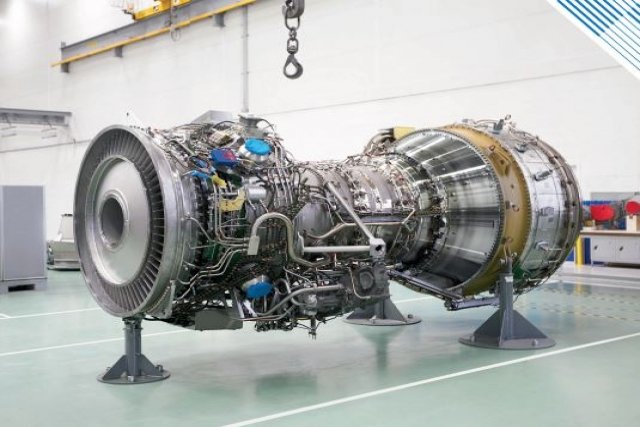The Rolls-Royce MT30 marine gas turbine has been selected for the Republic of Korea Navy’s (RoKN) FFX Batch III frigate, known as the Ulsan-class frigate which will be built by Hyundai Heavy Industries, the company announced.
Rolls-Royce has already successfully worked with the RoKN to introduce a revolutionary, modern and simple, hybrid propulsion system arrangement for all eight ships in the Daegu-class FFX Batch II frigate programme – each powered by a single MT30 gas turbine and electric propulsion motors powered by four Rolls-Royce MTU diesel generators per ship.
The use of the MT30 across the Batch II and Batch III frigates will deliver commonality benefits to the customer, such as spare parts, support infrastructure and training.
For FFX Batch III, the Ulsan-class frigate programme, Rolls-Royce will also supply Engine Health Management (EHM) capability with its MT30 marine gas turbine. Supporting leaner naval forces, EHM technology delivers through-life benefits, such as reduced manpower and maintenance costs, by enabling the collection of reliable engine data and analysis to maximise asset availability and optimise on-board maintenance.
As part of Rolls-Royce’s on-going design collaboration with Hyundai Heavy Industries (HHI) for the specialised integrated gas turbine enclosure for MT30, HHI-EMD will continue to be responsible for the manufacture of this highly complex engineering enclosure and all ancillaries in-country, as well as continuing to provide in-service support.
Jay Lee (Jongyel Lee), Vice President of Business Development & Future Programmes, Defence – Naval, Korea said: “Today, Rolls-Royce remains at the forefront of naval propulsion technology. MT30 is powering many of the world’s most advanced platforms in all conceivable propulsion configurations. We are delighted that MT30 has once again been selected to power the latest batch of FFX frigates and we look forward to continuing our relationship with the Republic of Korea Navy and HHI.
“MT30 first entered service with the Republic of Korea Navy’s Daegu-class in 2018. Its selection for FFX Batch III is a testament to the confidence that our customer has in the proven performance of this modern and superior engine.”
“Selecting the right power and propulsion system is one of the most important decisions our customers will face when designing their new platforms. We are committed to working closely with the Republic of Korea Navy to provide them with the most adaptable propulsion systems based on the most modern technology available today. This will ensure our customers can retain their military advantage via future technology insertion without having to endure costly upgrades to legacy power generation capability throughout the life of their ships.”
Designed for the 21st century, MT30 is proven at sea, delivering long-term reliability, unrivalled life-long performance with operating cost efficiencies. The MT30 gas turbine is already in service with several navies around the globe including the U.S. Navy’s Freedom-class Littoral Combat Ship and Zumwalt-class destroyers, the Republic of Korea’s Daegu-class frigates, the Royal Navy’s Queen Elizabeth-class aircraft carriers and the Italian Navy’s new Landing Helicopter Dock. More recently MT30 has been selected to power the Japanese Maritime Defence Force’s advanced 30-FFM frigate and in single gas turbine CODLOG (Combined Diesel Electric or Gas) configuration for the Type 26 Global Combat Ship programmes for the Royal Navy, Royal Australian Navy and Royal Canadian Navy.
Beyond the FFX programme, the power density of the proven naval MT30 gas turbine genset is also one of the key enablers for Integrated Full Electric Propulsion (IFEP) for the next – generation RoKN destroyer (KDDX). Rolls-Royce’s extensive experience in IFEP powered warships such as the Royal Navy’s Type 45 destroyers and Queen Elizabeth-class aircraft carriers, and the U.S. Navy’s Zumwalt-class destroyers, will support the RoKN’s technological ambitions and their SMART Navy Vision 2045, delivering game-changing military capability in next generation destroyers.



